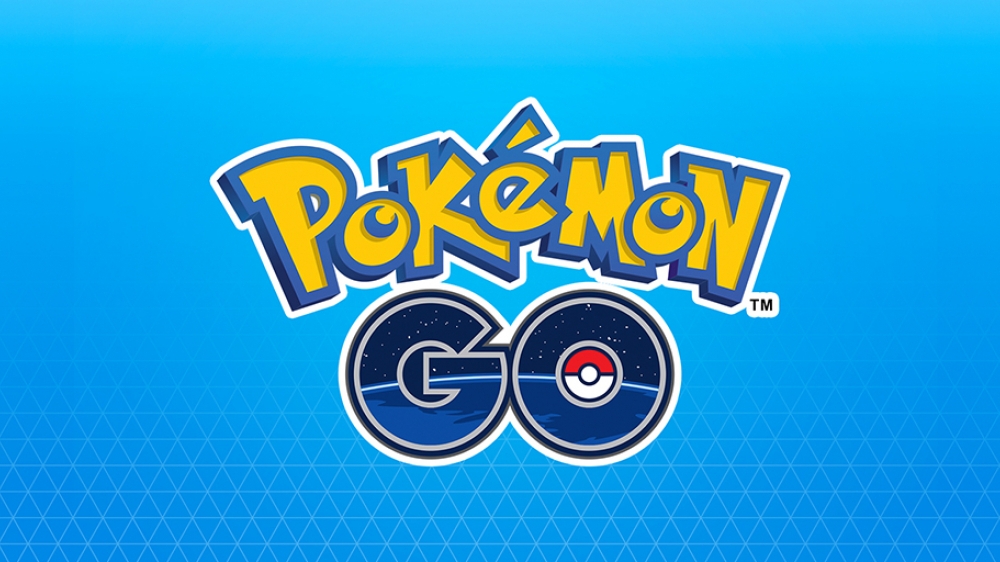Pseudo-Legendary is not an official Pokémon term, but originated in fandom. And of course they exist in Niantic’s Pokémon Go. Only … what actually is a Pseudo-Legendary? And do I have one of those in my collection? If you play Pokémon Go fairly regularly, then you probably have one or even more of them – without perhaps knowing that they are a Pseudo-Legendary!
Today we want to introduce you to a Pokémon term that some of you might not know if you’re not into the series and actually only play Pokémon Go on the side: Pseudo Legendarys. If you’re super-informed Pokémon devotees, read away now, because then you already know what’s behind this term. If you’re still interested, read on. And if you don’t know anything about Pokémon, you’ll probably be surprised to discover that your collection of Niantic’s collectible pocket monsters includes one or two pseudo-Legendaries. Because they are sometimes quite strong counters for raids, arena defenders and also in PvP!
What is a Pseudo-Legendary?
But first, let’s talk about the term Pseudo-Legendary itself. It wasn’t invented by the creators of the Pokémon games from Gamefreak or The Pokémon Company, but by the fans. Pseudo-Legendary Pokémon are those pocket monsters that have a two-stage evolution, need exactly 1,250,000 experience points to level up to level 100 and whose base value sum, i.e. attack, defense and HP, is exactly 600. Why? These are the very Pokémon that are considered pseudo-Legendarys because they are definitely stronger than non-legendary monsters of their generation – and even stronger than many a Legendary Pocket Monster from the same region! Sometimes the required experience points are not taken into account, but in the end, even without this criterion, it remains the same Mon that have earned the title of Pseudo-Legendary.
And which pocket monsters of which generation are Pseudo-Legendarys? In Generation 1 from the Kanto region, Dragoran is such a Mon, Despotar from Generation 2 is one, and Generation 3 has two: Brutalanda and Metagross. Knakrack from Generation 4 and Trikephalo from Generation 5 are also Pseudo Legendarys, as are Viscogon from Gen 6, Grandiras from Gen 7, and Katapuldra on Gen 8. After all, we said at the beginning: you probably have one or two Pseudo Legendaries in your collection.
Which Pokémon are pseudo-Legendarys?
It is noticeable that many of them belong to the Dragon type. Nevertheless, Despotar and Metagross are also two powerful Pokémon that still make good to excellent counters alongside the other Pseudos as well. So should you have the chance to grab a Pseudo Legendary, or one of their previous evolutions, you should do so. After all, they are much easier to collect than Legendaries for some players. And, as mentioned, they aren’t always the strongest Pokémon either, but sometimes just worth an entry in the Pokédex. Here’s a quick overview of the pocket monsters that become pseudo Legendarys, so you don’t miss out on any of them!
- Dratini – Dragonair – Dragoran
- Larvitar – Pupitar – Despotar – Mega Despotar
- Child worm – Draschel – Brutalanda – Mega Brutalanda
- Tanhel – Metang – Metagross – Mega Metagross
- Kaumalat – Knarksel – Garchomp – Mega Garchomp
- Kapuno – Duodino – Tricephalo
- Viscora – Viscargot – Viscogon
- Miniras – Mediras – Grandiras
- Grudgedra – Pandra – Catapultra
Some of the pseudo Legendarys in Pokémon Go, if unlocked, also have Mega Evolution. That’s why you didn’t want to just send the mon thoughtlessly, because they can still become real hardhitters. We have added the mega evolution to the affected pocket monsters.
Pokémon GO
Pokémon Go is the mobile spin-off of Nintendo’s popular Pokémon game series for Android and iOS. It is a so-called “location-based game”, i.e. a game that uses the player’s immediate surroundings. It is based on the principle of augmented reality.
Pokémon Map: Between landmarks and sights
Pokémon Go uses a Global Positioning System (GPS) to determine the player’s location and displays it on a map that also represents the playing field. The map is based on OpenStreetMap maps. The game is played mostly outdoors and uses landmarks, landmarks and other notable or eye-catching objects in the world to position either PokéStops or arenas there for you to battle for supremacy. Join either Team Intuition (Team Yellow, Zapdos), Team Wisdom (Team Blue, Arktos), or Team Daring (Team Red, Lavados). Under their flag you can then fight for the arenas, which are placed at hotspots like churches or similar. Pokémon can appear anywhere, though.
Pocket monsters visible on the Pokémon Go Map are randomly loaded into the game’s virtual map by the game server. If several players are playing in the same location, each player can see and catch the Pokémon independently of the others.
Pokémon Go Updates, News, Raids and More
The developers at Niantic regularly provide Pokémon Go with new updates or special raids that should only be tackled in a group of several people. The Pokémon Go Raids are therefore very popular, as they also offer the prospect of particularly rare Pokémon. For example, in the past, legendary Pokémon could always be caught on special occasions (Pokémon Go events). For particularly eager mobile or smartphone Pokémon trainers, there is also an external IV calculator, such as the online tool from Pokemon.gameinfo.io or on Pokefans.net, to check the values of your Pokémon.
Heroes&WIKI, Pokemon, PokemonGo PokemonGuide, PokemonGuides, #PoGoGuide, #PoGoGuides, PokemonCheats, #PoGo, PoGoCheats,




